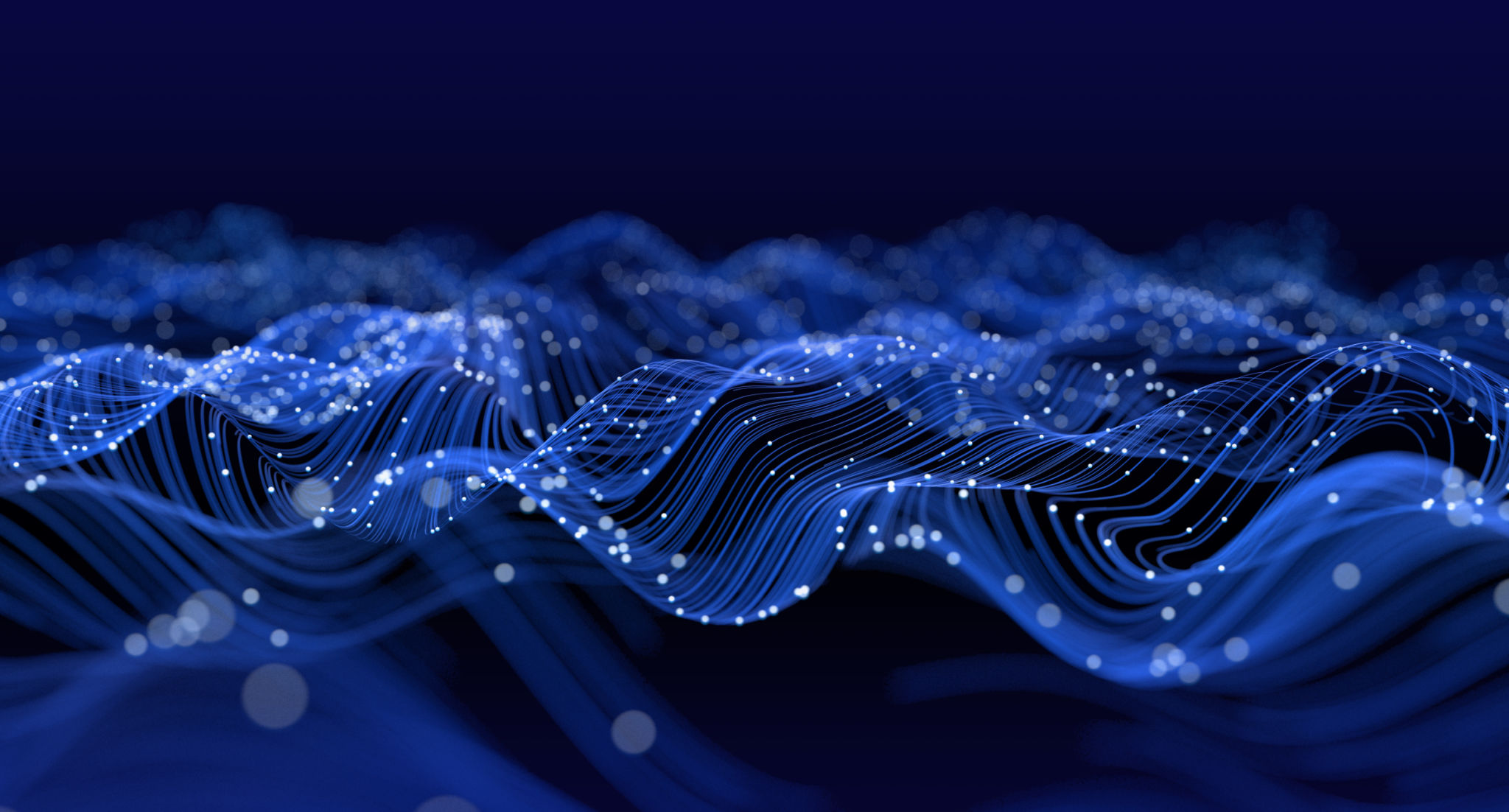The Impact of HDR in Modern Cinematography: A Complete Guide
Understanding HDR in Cinematography
High Dynamic Range, commonly referred to as HDR, has revolutionized the world of cinematography by enhancing the visual experience. It allows filmmakers to capture a wider range of colors and brightness levels, resulting in stunningly realistic images. This technology is becoming increasingly popular in modern films due to its ability to add depth and dimension.
HDR works by expanding the range between the darkest and lightest parts of an image. This means that both shadows and highlights are represented more accurately, creating a more lifelike scene. The result is a visually rich experience that draws viewers into the story like never before.

The Benefits of HDR
One of the most significant advantages of HDR is its ability to enhance color accuracy. By capturing a broader spectrum of colors, HDR allows for more vibrant and true-to-life visuals. This is particularly beneficial for scenes with complex lighting, where traditional methods might struggle to portray natural colors effectively.
In addition to color accuracy, HDR also improves contrast. The increased dynamic range means that subtle details in both bright and dark areas are more visible. This added detail can lead to a more immersive viewing experience, making the audience feel as though they are part of the action.
Challenges and Considerations
While HDR offers numerous benefits, it does come with its own set of challenges. One major consideration is the need for compatible equipment. Filmmakers must ensure that cameras, monitors, and projectors support HDR to fully utilize its potential. Additionally, post-production processes can be more complex and time-consuming when working with HDR content.

There is also the issue of standardization. With various HDR formats available, filmmakers must choose the right one for their project. Popular formats include HDR10, Dolby Vision, and HLG, each with its own specifications and compatibility concerns.
The Future of HDR in Cinematography
As technology continues to advance, the use of HDR in cinematography is expected to grow. Emerging trends suggest that more filmmakers will adopt HDR to enhance storytelling and create visually stunning films. With consumer demand for high-quality content on the rise, HDR will likely become a standard feature in cinematic production.
The integration of artificial intelligence and machine learning into HDR workflows is also on the horizon. These technologies can aid in automating complex processes, making it easier for filmmakers to create high-quality HDR content efficiently.

Conclusion
In conclusion, HDR has had a profound impact on modern cinematography, offering filmmakers new tools to convey their stories effectively. Its ability to produce realistic images with vibrant colors and enhanced contrast makes it an invaluable asset in the film industry. As technology continues to evolve, HDR will undoubtedly play a crucial role in shaping the future of cinematic storytelling.
